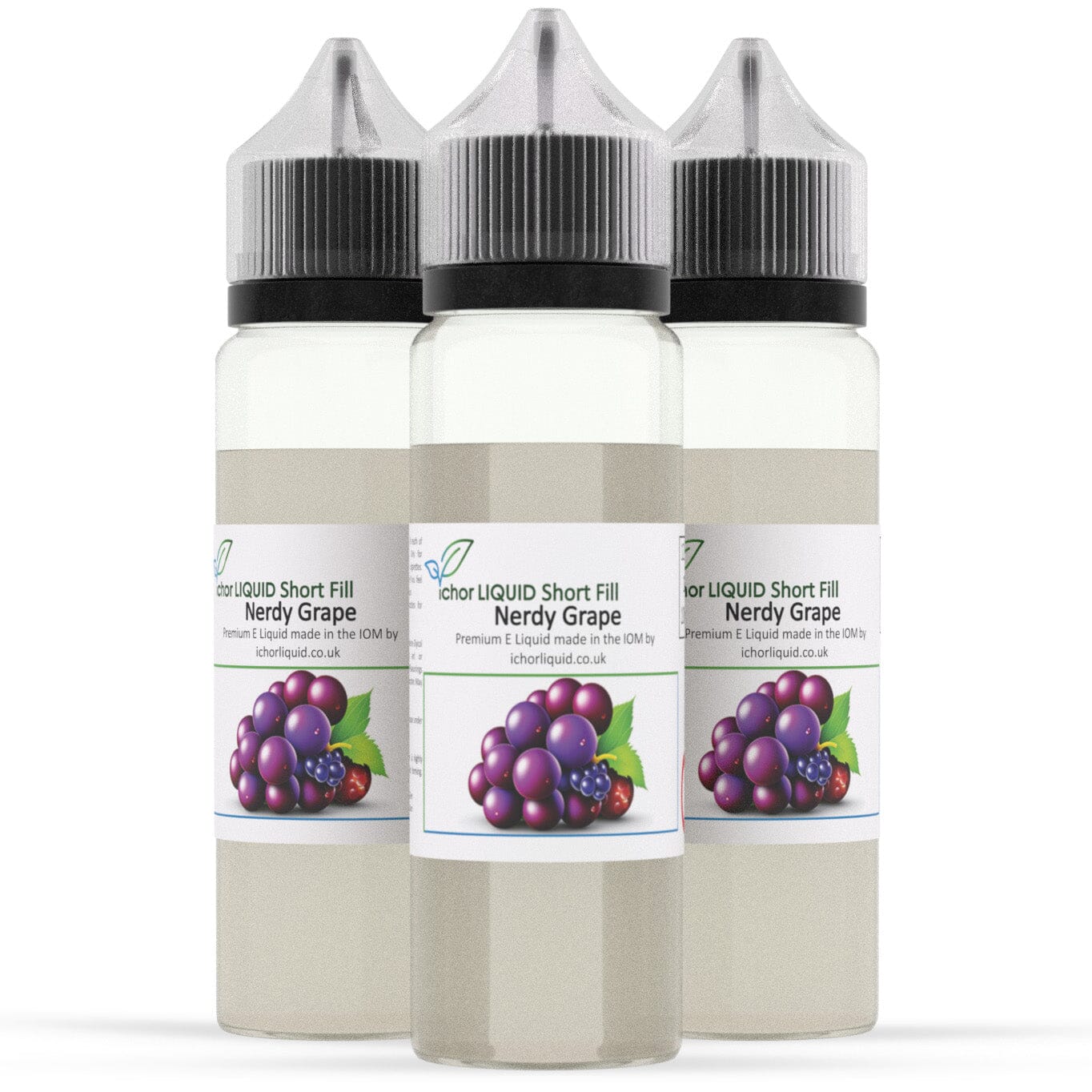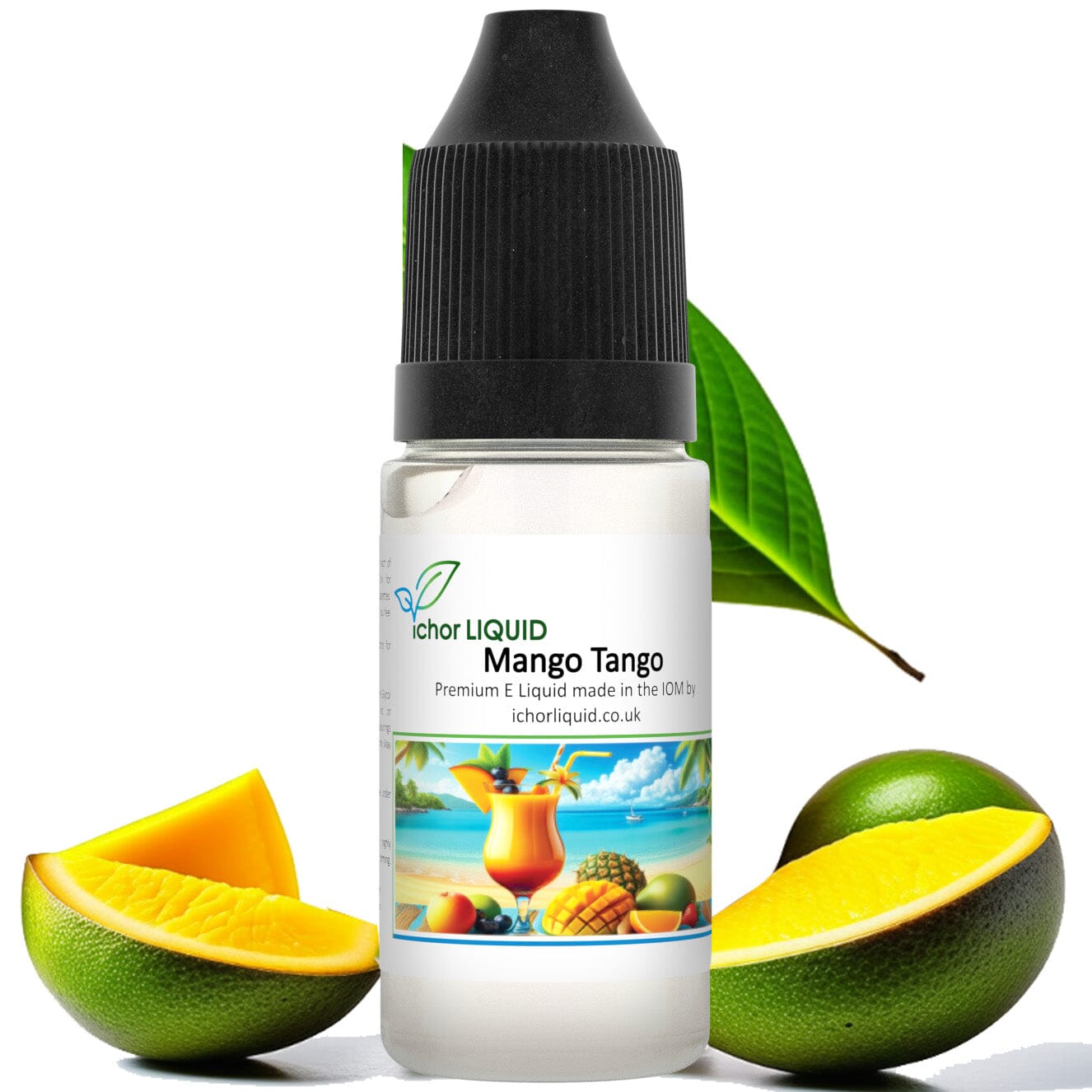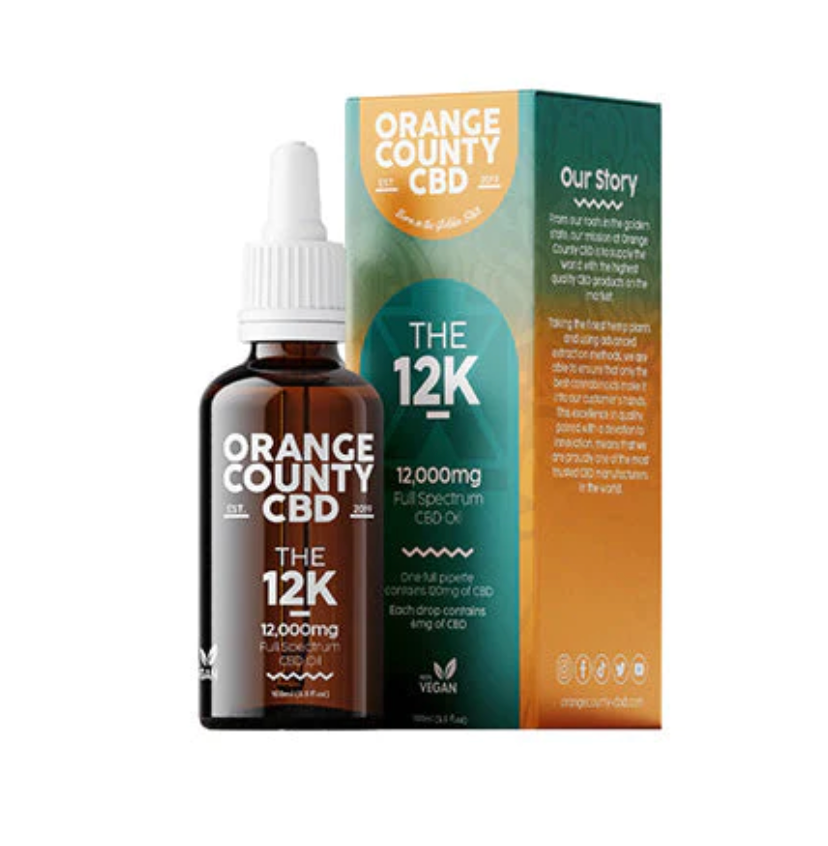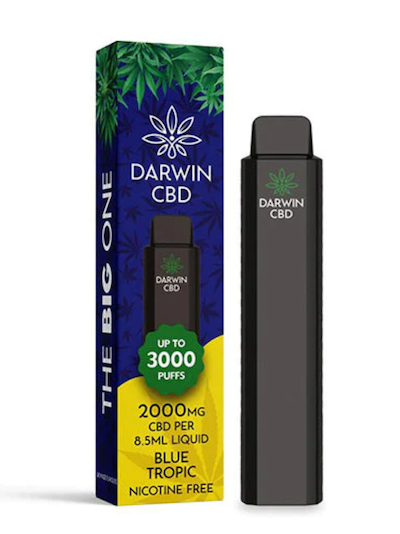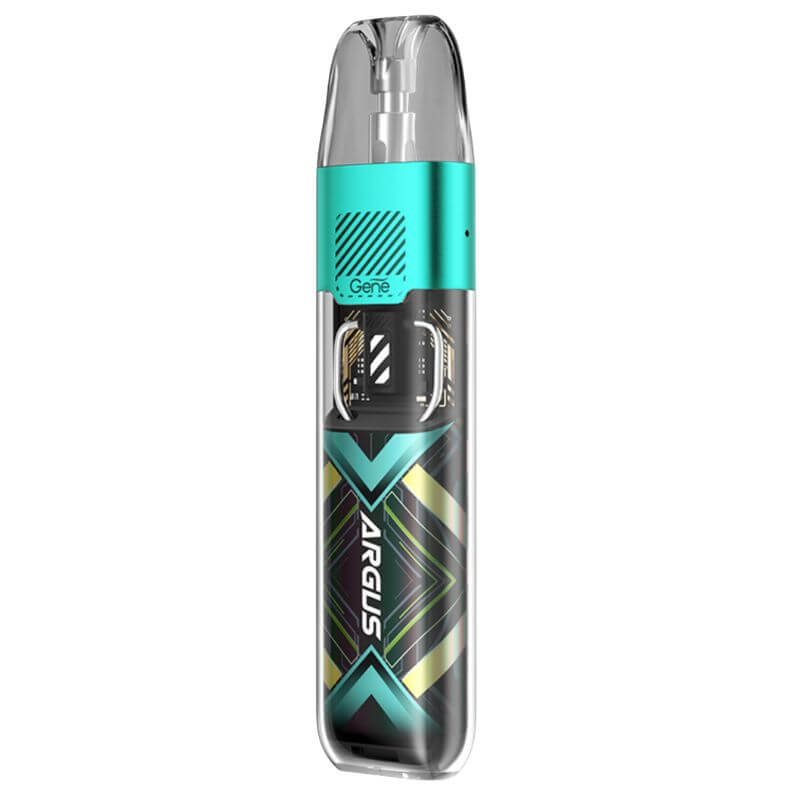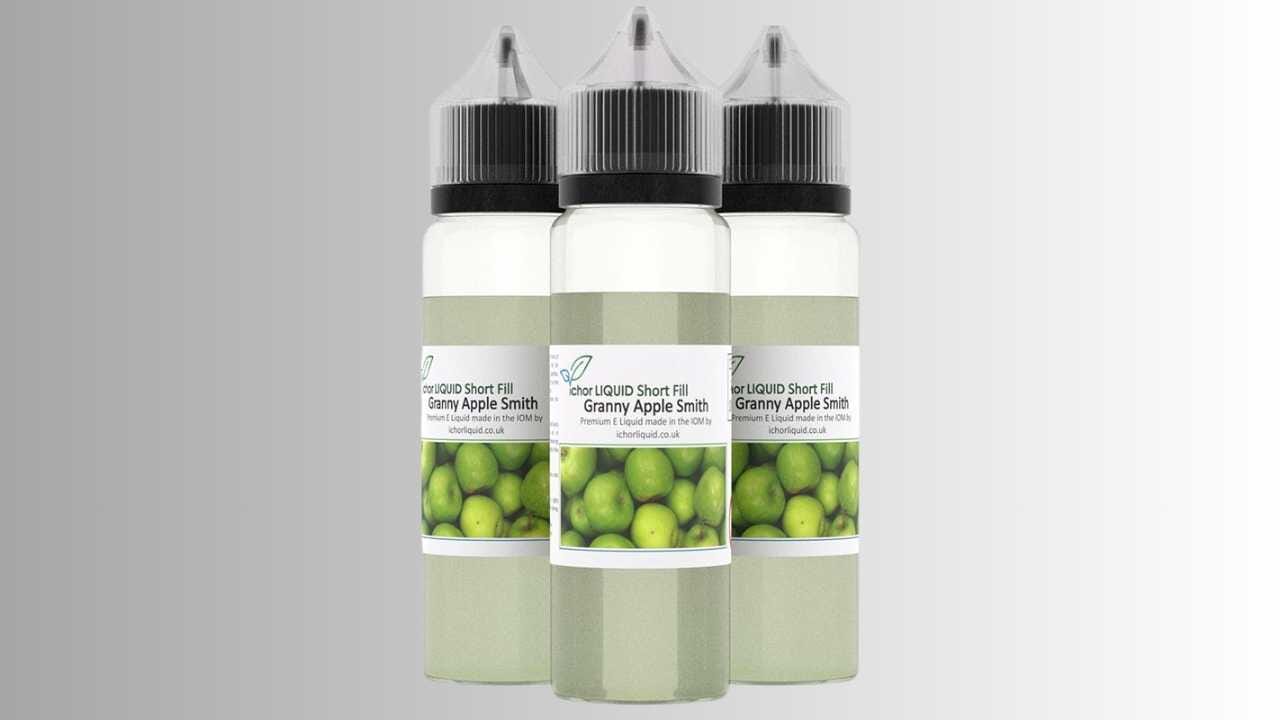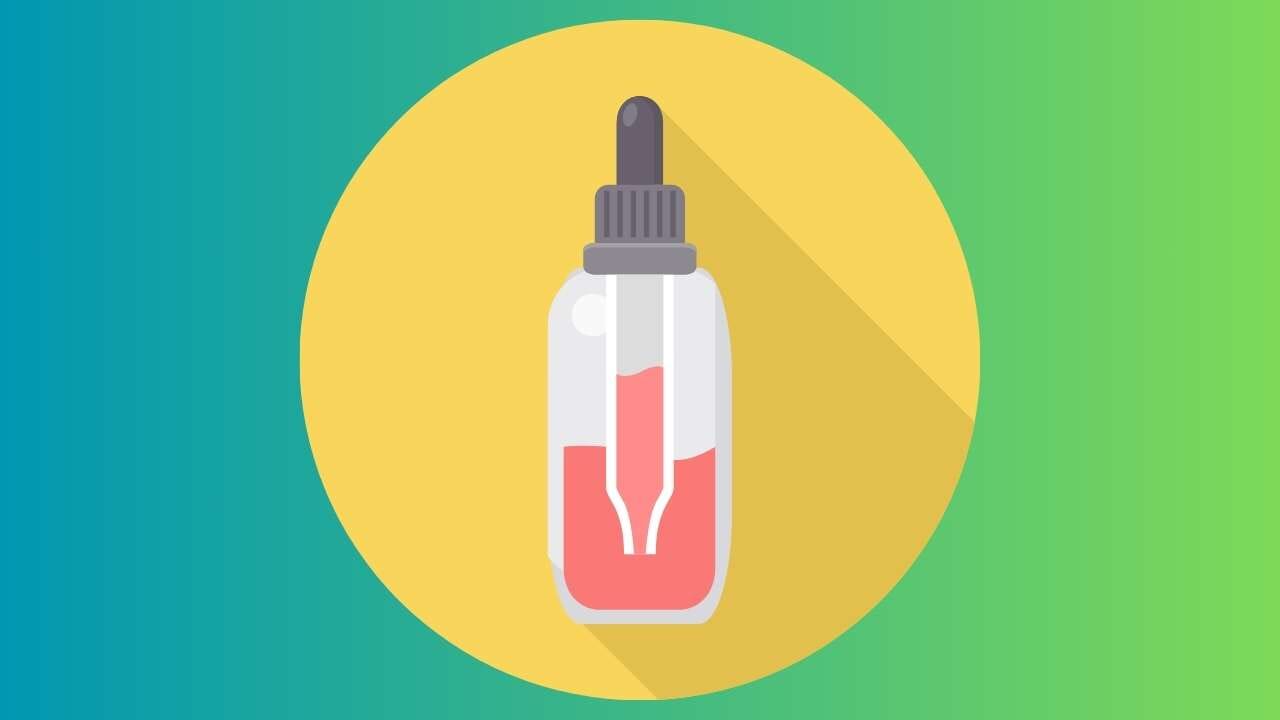Demystifying VG and PG in Vape Juice - What You Should Know
If you've ever examined into the world of vaping, you've likely encountered the terms VG and PG when it comes to e-liquids. But what do these mysterious abbreviations actually mean, and how do they affect your vaping experience? In this comprehensive guide, we will break down the differences between VG and PG in vape juice, helping you make informed decisions about your vaping preferences.
Key Takeaways:
- Understanding VG and PG: VG and PG are the two primary ingredients in vape juice, each with its unique qualities.
- Effects on Vapor Production: VG produces more vapor, while PG contributes to a stronger throat hit.
- Flavor and Sweetness: PG is known to enhance flavor, while VG adds sweetness to the vape juice.
- Nicotine Absorption: PG is more effective in carrying nicotine, while VG may result in a smoother throat hit.
- Choosing the Right Blend: Finding the ideal VG/PG ratio depends on individual preferences for vapor production, throat hit, flavor, and nicotine absorption.
'Understanding E-liquids'
Vape juice basics
The world of vaping can sometimes feel like a complex labyrinth of terms and acronyms, but fear not, we're here to guide you through it all. One common question that often arises is about the difference between nic salt and e-liquid. So, what is the difference between nic salt and e-liquid?
Well, to put it simply, e-liquid is the general term used to describe the liquid that is vaporized in an electronic cigarette. It typically consists of a combination of propylene glycol (PG) and vegetable glycerin (VG), with added flavorings and sometimes nicotine. On the other hand, nicotine salts, or nic salts for short, are a type of e-liquid that uses a different form of nicotine that is found in tobacco leaves.
Ingredients profile
Understanding the ingredients profile of e-liquids is crucial for vapers who want to make informed choices about what they are inhaling. In traditional e-liquids, the main components are PG and VG, which serve as the base for the flavorings and nicotine. PG is known for carrying flavors well and providing a strong throat hit, while VG is responsible for producing thick clouds of vapor.
Pertaining to nic salts, the key difference lies in the type of nicotine used. Nicotine salts are a more stable form of nicotine, which allows for higher concentrations to be vaped without the harshness commonly associated with freebase nicotine. This means that vapers can experience a smoother throat hit even at higher nicotine levels. So, next time someone asks you about the difference between nic salt and e-liquid, you'll be armed with all the knowledge to impress!
VG and PG Explained
Despite the popularity of vaping, many people are still confused about the differences between VG and PG in vape juice. Understanding the roles and purposes of these two main ingredients is crucial for both beginners and experienced vapers alike. In this section, we will break down the characteristics of propylene glycol (PG) and vegetable glycerin (VG) to demystify their importance in e-liquids.
Propylene Glycol Role
Role: Propylene glycol is a synthetic compound commonly used in food and pharmaceutical products. In e-liquids, PG serves several important functions. Firstly, PG acts as a carrier for the nicotine and flavorings in the vape juice, ensuring consistent vapor production and flavor delivery. Additionally, PG contributes to the throat hit sensation experienced when vaping, which many former smokers find satisfying.
Another crucial role of propylene glycol is its ability to enhance the flavor profile of e-liquids. PG has a neutral taste and odor, allowing the true essence of the flavors to shine through without any interference. This makes PG a preferred choice for vapers who prioritize flavor accuracy in their vaping experience.
Vegetable Glycerin Purpose
An often overlooked hero in e-liquids, vegetable glycerin (VG) plays a vital role in creating dense clouds of vapor. VG is a natural compound derived from vegetable oils and is known for its sweet taste and smooth texture. When combined with PG, VG produces thick clouds that are popular among cloud chasers and enthusiasts.
The versatility of vegetable glycerin extends beyond cloud production. VG also adds a touch of sweetness to the vape juice, enhancing the overall flavor profile. Additionally, VG has a smoother throat hit compared to PG, making it a suitable option for vapers who are sensitive to throat irritation or those seeking a milder vaping experience.
The interplay between propylene glycol and vegetable glycerin in e-liquids is akin to a dynamic duo, each bringing its unique strengths to the table. While PG focuses on flavor accuracy and throat hit, VG shines in cloud production and smoothness. Finding the right balance between these two ingredients is key to tailoring your vaping experience to your preferences.
Throat Hit Comparison
Once again, we examine the world of vaping and explore the differences between VG and PG in vape juice. This time, let's take a closer look at the throat hit experience and how VG and PG contribute to it.
Smoothness Level
To gauge the smoothness level provided by VG and PG, it's vital to understand their individual characteristics. VG, known for its thicker consistency, tends to deliver a smoother throat hit due to its higher viscosity. On the other hand, PG, with its thinner consistency, may offer a more noticeable throat hit sensation.
For vapers seeking a milder experience, VG-based vape juices are often preferred for their smoother feel on the throat. However, those craving a stronger sensation might opt for PG-dominant blends to enhance the overall throat hit.
Sensation Strength
Smoothness is a critical factor in determining the overall vaping experience, especially when it comes to throat hit. VG tends to provide a smoother sensation, ideal for vapers looking for a gentle touch on their throat. On the flip side, PG offers a sharper hit, catering to vapers who enjoy a more pronounced throat sensation.
With respect to sensation strength, finding the right balance between smoothness and intensity is key to enjoying your vaping sessions. Experimenting with different VG and PG ratios can help you customize your throat hit experience according to your preferences.
Comparison: As you navigate the world of VG and PG in vape juice, remember that the smoothness level and sensation strength play crucial roles in shaping your vaping experience. Whether you prefer a soft caress or a robust punch on your throat, understanding these factors can help you fine-tune your vaping sessions to perfection.
Device Compatibility
Optimal hardware choices
Compatibility is key when it comes to enjoying your vape juice to the fullest. Understanding the differences between VG and PG ratios in your e-liquid can help you make the optimal hardware choices. It's important to consider what type of device you are using to ensure that it is compatible with the specific VG/PG blend you prefer.
When deciding on your vaping device, keep in mind that high VG e-liquids are thicker and may not work well with certain devices that have smaller wicking holes. On the other hand, high PG e-liquids may be more suitable for devices with tighter airflow systems. Finding the right balance between VG and PG can enhance your vaping experience.
Coil lifespan impact
Hardware plays a crucial role in the lifespan of your coils. Understanding how VG and PG ratios affect coil longevity is crucial for maximizing the performance of your device. Higher VG e-liquids tend to be sweeter and produce thicker clouds but can result in faster coil gunk buildup.
The type of hardware you use can also impact coil lifespan. Sub-ohm tanks are popular for their ability to handle higher VG blends, while MTL tanks are better suited for higher PG e-liquids. Proper maintenance and cleaning of your device can help extend the lifespan of your coils, ensuring a flavorful vaping experience.
The impact of coil lifespan on your vaping experience is no small matter. Keeping your hardware clean and choosing the right e-liquid blend for your device can make a significant difference in the longevity of your coils. So, make sure to select the appropriate hardware and maintain it properly to get the most out of your vaping sessions.
Health Considerations
PG and VG Safety
Health considerations are paramount when it comes to vaping, especially with the abundance of information (and misinformation) out there. As far as PG (Propylene Glycol) and VG (Vegetable Glycerin), it's imperative to understand their safety profiles. PG is commonly used in food and medical products, and it is generally recognized as safe by the FDA. However, some individuals may have a sensitivity to PG, experiencing irritation in the throat or dry mouth.
On the other hand, VG is a thicker substance, providing smoother hits and denser vapor clouds. It is also considered safe for consumption. It's imperative to note that while PG and VG are generally safe for most people, individuals with specific allergies or sensitivities should be cautious when using vape juices containing these ingredients.
DIY Mixing Potential
Customization opportunities
With the rise in popularity of vaping, many enthusiasts are venturing into the world of DIY mixing to create their unique vape juice blends. One of the significant advantages of DIY mixing is the customization potential it offers. By experimenting with different ratios of VG and PG, as well as various flavor concentrates, vapers can tailor their vape juice to suit their preferences perfectly. Check out our E-liquid Calculator.
RnVydGhlcm1vcmUsIDxhIGhyZWY9Il93cF9saW5rX3BsYWNlaG9sZGVyIiBkYXRhLXdwbGluay1lZGl0PSJ0cnVlIj5ESVkgbWl4aW5nPC9hPiBhbGxvd3MgdmFwZXJzIHRvIGNvbnRyb2wgdGhlIG5pY290aW5lIHN0cmVuZ3RoIG9mIHRoZWlyIHZhcGUganVpY2Ug. By using nicotine salts or traditional nicotine, vapers can adjust the level of nicotine in their e-liquids to match their desired intensity. This level of customization is a significant draw for those who have specific preferences when it comes to flavor, vapor production, and throat hit.
Mixing precautions
The key to successful DIY mixing lies in understanding the components you are working with. VG and PG are the base ingredients of vape juice, and each has unique properties that can affect the final product. VG is thicker and produces more vapor, while PG is thinner and carries flavor more effectively. Knowing how these two components interact is necessary for creating a balanced vape juice.
When handling nicotine, it is crucial to take proper precautions to ensure safety. Nicotine is a toxic substance, and even small amounts can be harmful if not handled correctly. Always wear protective gear, such as gloves and goggles, when working with nicotine. Additionally, store nicotine in a secure location away from children and pets to prevent accidental ingestion.
Be mindful of, when it comes to DIY mixing, a little precaution goes a long way in ensuring a safe and enjoyable vaping experience.
Vapor Production Variance
Your vape juice is formulated with a specific ratio of VG and PG, which directly impacts the amount of vapor it produces. Understanding the key differences between VG (Vegetable Glycerin) and PG (Propylene Glycol) can help you optimize your vaping experience.
Cloud Size
Variance in cloud size is primarily determined by the VG content in your e-liquid. VG is known for its ability to produce thick, dense clouds, making it a preferred choice among cloud-chasing enthusiasts. If you enjoy large vapor clouds, opt for vape juices with a higher VG ratio.
On the other hand, PG contributes to a smoother throat hit and carries flavor more effectively. However, it produces less visible vapor compared to VG. Consider your vaping preferences when selecting the VG/PG ratio in your e-liquid to achieve the desired cloud size.
Density Factors
Cloud density is influenced by various factors, including the coil resistance, wattage settings, and airflow control on your device. Experimenting with these variables allows you to customize the thickness and volume of your vapor clouds to suit your preferences.
- Understanding the impact of VG and PG ratios on cloud production is important for achieving your desired vaping experience.
This customized approach empowers you to tailor your vaping sessions to meet your unique preferences, whether you prefer discreet, flavorful puffs or massive, billowing clouds that command attention.
Advanced Vaping Insights
Despite the abundant information available about vaping, there are still some aspects that remain a mystery to many enthusiasts. In this chapter, we investigate into advanced insights that can help you better understand the world of vaping.
- Sub-ohm considerations:
Subohm vaping involves using coils with a resistance of less than 1 ohm. This technique results in thicker clouds and more intense flavors. However, it's crucial to understand the differences between nic salt and e-liquid when sub-ohm vaping.
A common question that arises is, "What is the difference between nic salt and e-liquid?" Nicotine salt (nic salt) is a form of nicotine that is found in tobacco leaves. It is known for providing a smoother throat hit compared to traditional e-liquids, which use freebase nicotine.
- Vaping temperature effects:
With vaping, the temperature at which you heat your e-liquid can significantly impact the flavor and overall vaping experience. Knowing the ins and outs of vaping temperature effects is crucial for fine-tuning your setup.
Advanced vapers often experiment with different temperature settings to achieve their preferred vaping experience. By adjusting the temperature, you can enhance flavor profiles, increase vapor production, and even prolong the lifespan of your coils.
Making an Informed Choice
Despite the myriad of choices available in the vaping world, understanding the differences between VG and PG in vape juice is crucial for making an informed decision. As far as selecting the right vape juice for your preferences, knowing the distinctions between VG and PG can significantly impact your vaping experience.
Personal Preferences
Choice plays a pivotal role in vaping, especially when it comes to personal preferences. Some vapers prioritize clouds of vapor, opting for VG-heavy e-liquids that produce thick plumes of vapor. Conversely, others prefer a stronger throat hit and more flavor intensity, often leaning towards PG-based vape juices. Determining your desired vaping experience can guide you in selecting the ideal VG/PG ratio for your e-liquid.
For those who enjoy smooth inhales and massive vapor clouds, a high VG blend is typically the preferred option. Alternatively, vapers who prioritize flavor clarity and a strong throat hit tend to favor PG-dominant e-liquids. By considering your personal preferences and vaping style, you can tailor your choice of VG and PG in vape juice to suit your individual tastes.
Informed Decision Making
Making an informed decision about VG and PG in vape juice involves understanding the unique properties and effects of each ingredient. VG (vegetable glycerin) is known for its smooth vapor production and slightly sweet taste, making it ideal for cloud chasers. On the other hand, PG (propylene glycol) delivers a stronger throat hit and carries flavors more effectively, appealing to vapers who prioritize taste and intensity.
The key to making an informed decision is considering your vaping preferences and desired experience. Whether you seek dense clouds or robust flavors, understanding the role of VG and PG in e-liquids empowers you to customize your vaping experience. So, the next time you reach for your vape, remember that knowledge is power when it comes to choosing between VG and PG in vape juice.
Final Words
Ultimately, understanding the difference between nic salt and e liquid is crucial for any vaper looking to personalize their vaping experience. While nic salts offer a smoother throat hit and quicker nicotine absorption, e liquids provide a wider range of flavors and a more traditional vaping experience. By grasping the distinctions between the two, vapers can make informed choices based on their preferences and needs. So, whether you prefer the intense satisfaction of nic salts or the variety of e liquids, the vaping world has something for everyone. Embrace the differences, experiment with both, and enjoy the journey through the diverse landscape of vaping options.
Additional Sources
Propylene Glycol - https://pubchem.ncbi.nlm.nih.gov/compound/Propylene-Glycol
Vegetable Glycerin - https://www.healthline.com/nutrition/vegetable-glycerin

